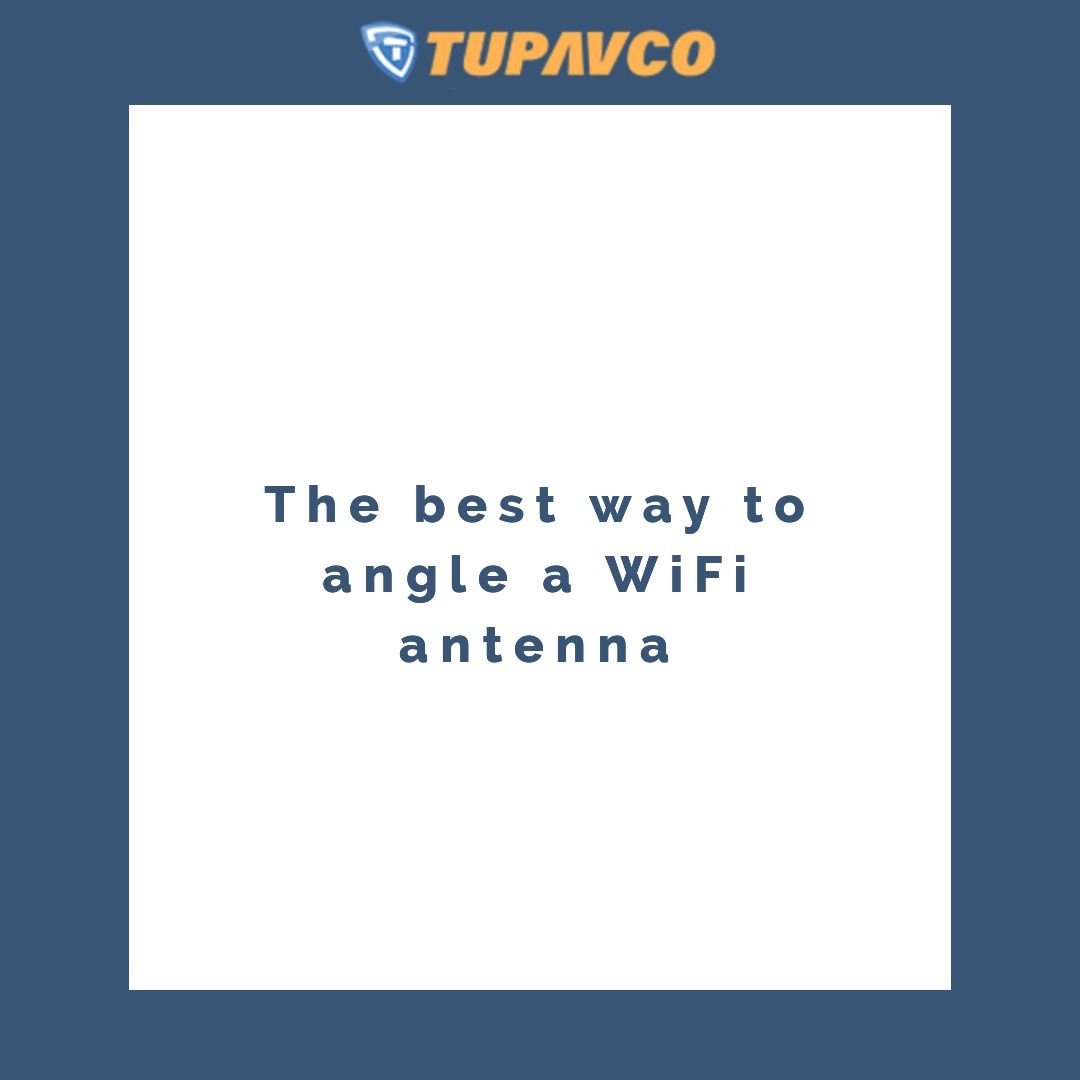
The best way to angle a WiFi antenna
The direction in which you angle the antenna can make a big difference to the signal throughout your home.
Back in the old days, before satellite and internet TV, folks would spend hours holding their aerial in different positions to try and improve the reception on an old analogue box.
It can feel a little like that today when trying to get a better WiFi signal.
Dead zones and entire rooms without WiFi coverage remain common in today’s connected world.
But simply tweaking the router’s antenna into the optimal position can boost WiFi connectivity significantly.
Why WiFi router antenna position matters
WiFi signals are basically radio waves. A WiFi signal will get blocked, reflected and absorbed by walls and metallic surfaces. Your WiFi signal will be optimised if you choose the most appropriate antenna for the environment in which it is operating.
There are three main types of WiFi antenna:
- Omnidirectional Antenna - waves are emitted equally in all directions
- Semi-directional Antenna - waves are emitted in a particular pattern
- Directional Antenna - waves are emitted in a particular direction
Most indoor WiFi routers have semi-directional or omnidirectional antennas. Your router may have one, two, three or more antennas. Most outdoor wireless antennas are directional with omnidirectional options available.
You can think of the signal pattern being emitted as resembling an ellipse - or a stretched-out doughnut.
The line at which waves are emitted from a WiFi router is perpendicular to the direction you point the antenna. Essentially, when you alter the direction of the antenna, the ellipse will tilt as if on an axis.
If the antenna is vertical, it will transmit radio waves along a horizontal line. If you point the WiFi antenna horizontally, waves will be relayed vertically. If you position the antenna at 45 degrees, you can visualise the ellipse tilting 45 degrees too.
If you point the antenna(s) in the ideal direction for your home layout and device locations, you will get a better signal and faster speeds.
Should I point my WiFi antenna vertically or horizontally?
If you have one antenna on your router, point the antenna upright for a better horizontal reach, or horizontally for more vertical range.
Pointing a router's antenna sideways can help you get a better signal upstairs. Positioning an antenna upwards helps the router transmit further in a lateral direction.
If you have two antennas on your router, it is best to point one vertically and one horizontally.
If you have more than two antennas, you can position them at varying angles (90°, 60°, 45° etc) to increase the directions that signals travel in.
What about if I have an internal antenna?
Many routers have an internal antenna. You may think this doesn’t make much sense as you can’t point the antenna(s) in the best directions for your own needs.
But, an internal antenna actually creates a rounder signal sphere for better coverage. So the stretched doughnut of the external antenna is more like the rounded doughnut that we’re so familiar with.
There’s not much you can do when it comes to positioning the direction of an internal antenna save twisting the router to see if it improves the signal - which is unlikely.
If adjusting your WiFi antenna does not fix the problem or improve your signal, another type of specialist product could help, explore our range at Tupavco today.
 FREE Shipping to Continental USA
FREE Shipping to Continental USA 




